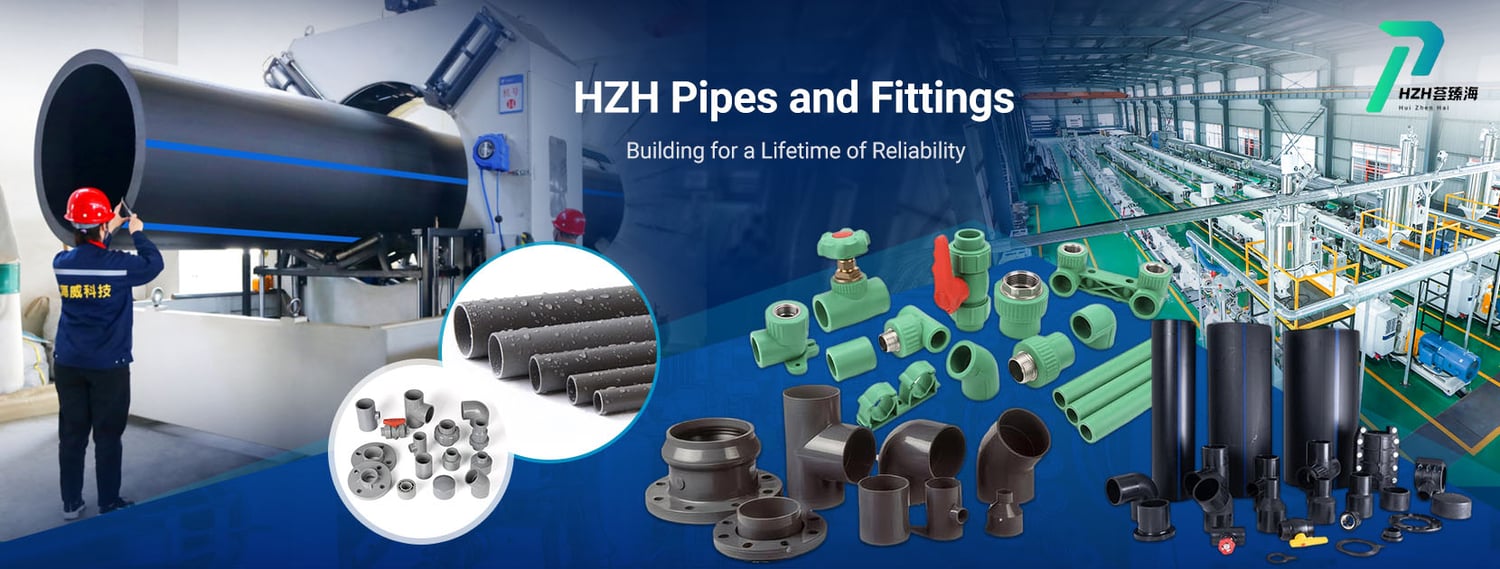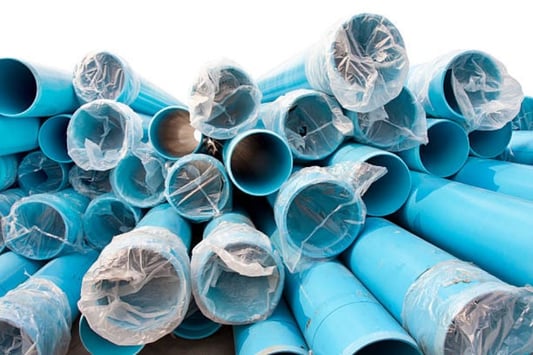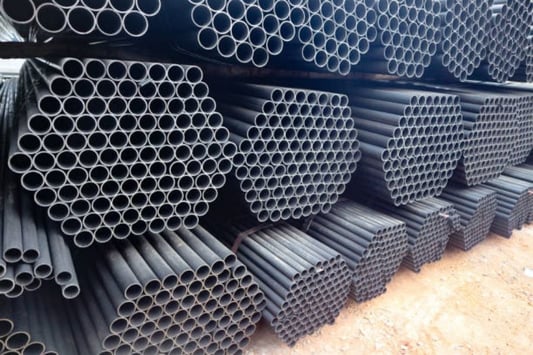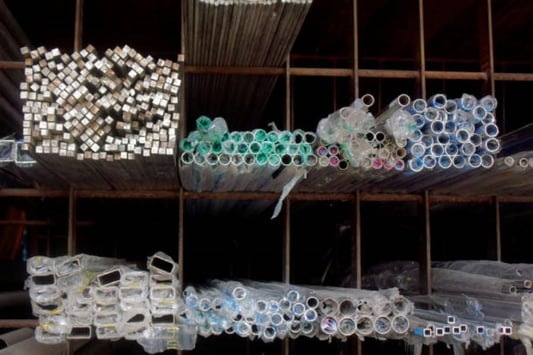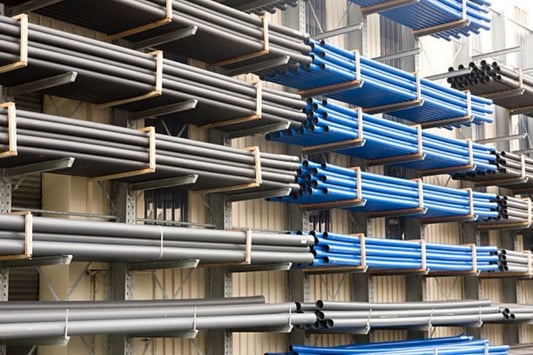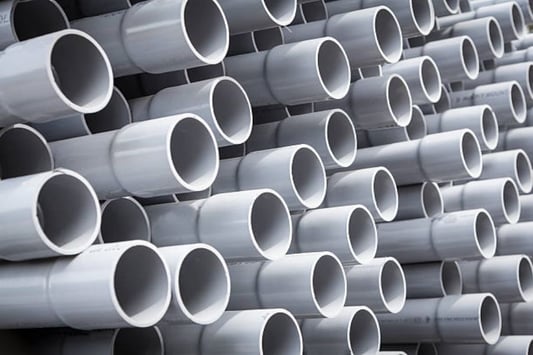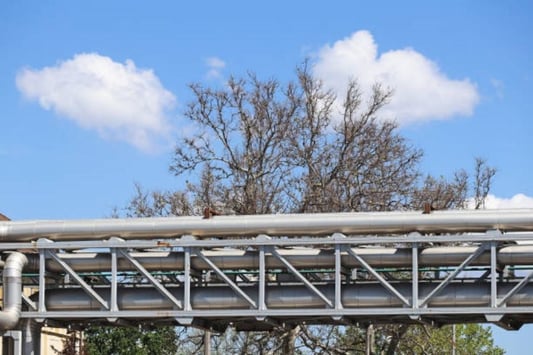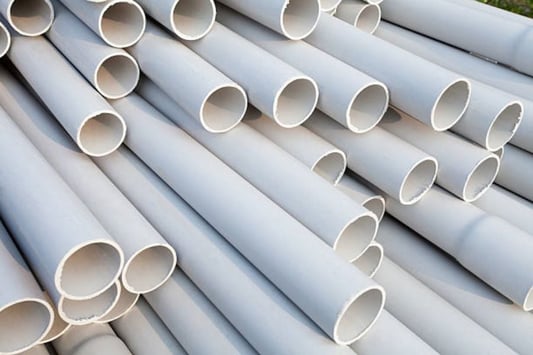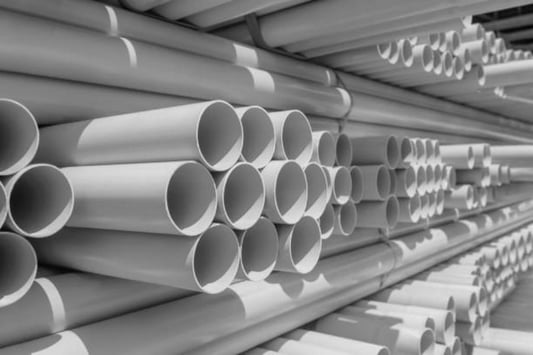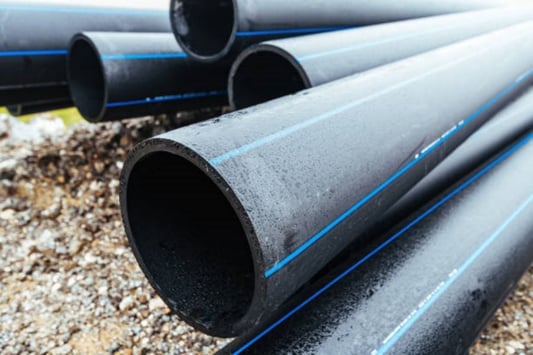The Advantages of Using pe plastic pipe PE plastic pipes, also known as polyethylene pipes, have been gaining popularity in the plumbing and water distribution industry. These pipes offer numerous advantages over traditional piping materials, such as copper or PVC. One of the biggest advantages of using PE plastic pipes is their high resistance to corrosion, making them an ideal choice for both underground and above-ground applications. They are also lightweight, making them easy to transport and install.What Makes PE Plastic Pipes So Durable?PE plastic pipes are made from a type of plastic that is highly resistant to degradation from chemicals, sunlight, and other environmental factors. This makes them extremely durable and long-lasting, even when used in harsh environments. Additionally, the smooth inner surface of the pipes provides excellent resistance to scaling and corrosion, which helps to maintain their performance over time.The Cost Benefits of Using PE Plastic PipesAnother major advantage of using PE plastic pipes is their cost-effectiveness. These pipes are typically less expensive than other piping materials, such as copper or steel. This can significantly reduce the cost of a piping project, especially when you factor in the labor costs associated with installation.The Environmental Benefits of Using PE Plastic PipesPE plastic pipes are a more sustainable alternative to traditional piping materials. They are made from a type of plastic that is highly recyclable, which reduces the amount of waste that ends up in landfills. Additionally, their lightweight design reduces the amount of energy needed for transportation and installation, which further reduces their environmental impact.The Different Types of PE Plastic PipesThere are several different types of PE plastic pipes available on the market, each with their own unique properties and benefits. These include HDPE (high-density polyethylene), MDPE (medium-density polyethylene), and LDPE (low-density polyethylene) pipes. The type of PE plastic pipe you choose will depend on the specific application and the conditions it will be exposed to.PE Plastic Pipes for Water Distribution SystemsPE plastic pipes are commonly used for water distribution systems because of their high resistance to corrosion and light weight. They are also ideal for use in areas with high seismic activity because of their flexibility. In addition, the smooth inner surface of the pipes helps to prevent buildup of mineral deposits, which can help to maintain water quality.PE Plastic Pipes for Gas Distribution SystemsPE plastic pipes are also commonly used for gas distribution systems because of their high resistance to chemicals and their ability to withstand high pressures. They are also flexible and lightweight, which makes them easier to install in areas with limited space. Additionally, the pipes are resistant to damage from UV radiation, which makes them ideal for use in outdoor applications.PE Plastic Pipes for Industrial ApplicationsPE plastic pipes are frequently used for industrial applications, such as in chemical processing plants or for transporting acids and other corrosive materials. They are highly resistant to chemicals and can withstand high temperatures, making them ideal for use in harsh industrial environments.The Importance of Proper Installation for PE Plastic PipesWhile PE plastic pipes offer numerous advantages over other piping materials, proper installation is crucial to their long-term performance. It is important to follow the manufacturer's instructions for installation and to use the appropriate fittings and connectors. Additionally, the pipes should be properly supported to prevent sagging or damage during installation.The Maintenance of PE Plastic PipesPE plastic pipes require minimal maintenance to ensure their long-term performance. However, it is important to periodically inspect the pipes for signs of damage or degradation. Additionally, any buildup of mineral deposits should be cleaned from the inner surface of the pipes to maintain water quality. pe plastic pipe, polyethylene pipe, durable, cost-effective, sustainable, water distribution systems, gas distribution systems, industrial applications, proper installation, maintenance PE Plastic Pipe: A Durable, Cost-Effective, and Sustainable Piping Solution Discover the advantages of using PE plastic pipes for water distribution systems, gas distribution systems, and industrial applications. Learn about proper installation, maintenance, and more.Quote InquiryContact Us

